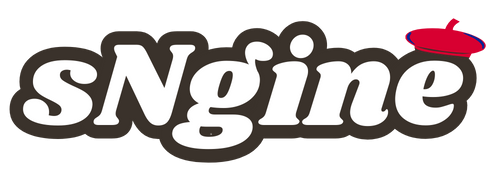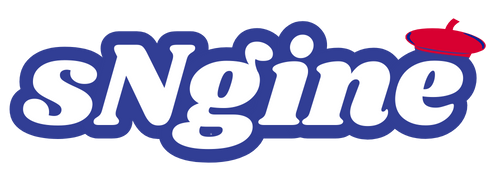The German building insulation material industry size is expanding rapidly, supported by a variety of demand drivers ranging from government regulations to consumer preferences. With the construction industry undergoing a shift toward sustainable and energy-efficient practices, insulation materials are emerging as an indispensable component of both new builds and renovation projects.
One of the primary growth drivers is Germany’s commitment to reducing carbon emissions and improving energy efficiency in buildings. The country has set ambitious targets to achieve climate neutrality by 2045, and insulation plays a central role in meeting these goals. Properly insulated buildings significantly reduce energy consumption for heating and cooling, thereby lowering greenhouse gas emissions.
Renovation of Germany’s aging building stock is another major driver. A large proportion of residential and commercial buildings were constructed before modern energy standards were introduced. As these buildings undergo refurbishment, demand for advanced insulation materials continues to rise. Government incentive programs, such as subsidies from the KfW Development Bank, encourage property owners to invest in insulation upgrades, creating steady demand.
Urbanization and rising construction activity are also fueling market growth. With increasing population density in cities, the need for energy-efficient and space-saving insulation solutions is growing. Materials like VIPs and aerogels, which offer high performance with minimal thickness, are becoming essential in urban construction projects.
Consumer awareness and preferences are shaping demand as well. German homeowners and businesses are highly conscious of sustainability and operational cost savings. Energy-efficient insulation reduces utility bills and enhances indoor comfort, making it a long-term investment for property owners. The growing preference for eco-friendly, bio-based insulation solutions further reflects changing consumer behavior toward environmentally responsible choices.
Technological innovation adds another layer of growth. Advanced materials and digital construction tools are improving insulation performance and facilitating compliance with stringent building codes. This innovation, combined with Germany’s strong research infrastructure, ensures that the market continues to evolve with cutting-edge solutions.
Overall, Germany’s building insulation material market outlook is driven by a combination of environmental, economic, and technological factors. As the country continues to prioritize energy efficiency, sustainability, and modernization of its building infrastructure, the demand for insulation materials will only grow stronger.


